3rd April 2024 – Daria Kulesh at Cafe #9, Sheffield
We return to Cafe #9 for the first time in a long while. Small, cosy and bursting with colour and adventure in decor (and cake selection), we regret its taken this long to come back; the good coffee and music is always worth the journey. There is a gentle glow from the fire that burns […]
Derby Folk Weekend – 30 September 2023
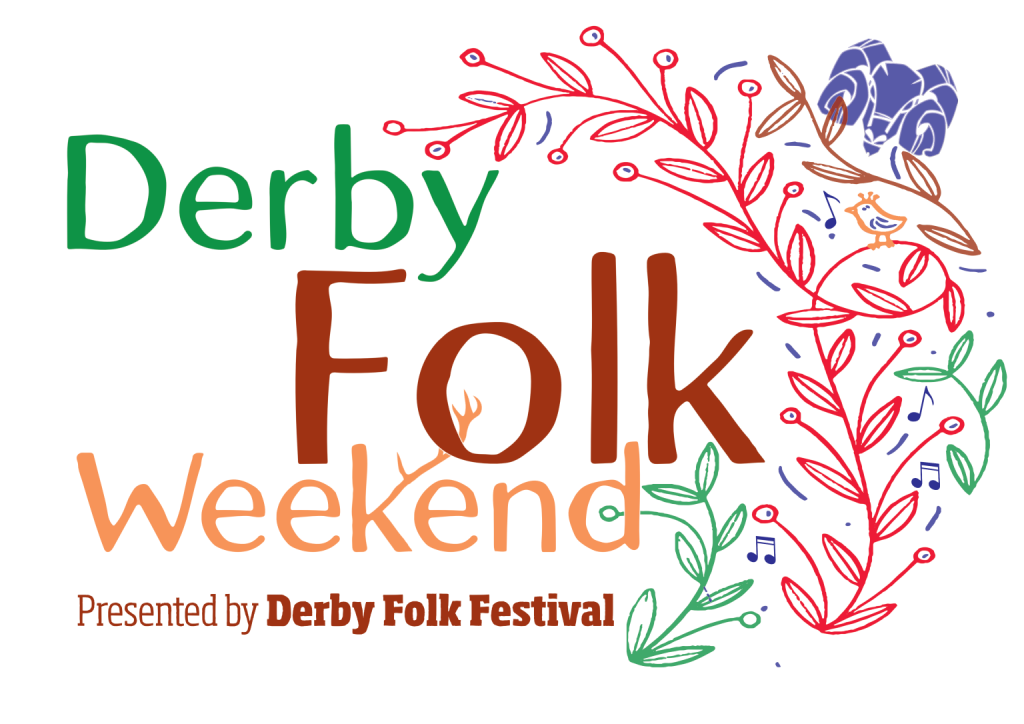
A post that collects writeups of all the musicians at the second day of the Derby Folk Weekend on 30 September 2023.
Swift Wings and Lost Stones – Live Gig Review

University of Sheffield Drama Studio on 13 November 2022 Enable US Project https://performancevenues.group.shef.ac.uk/about-us/enable-us/ We had the pleasure of attending an event which marks the shimmering of the air and the slipstream of the horror season as we move from the month of Halloween and into the one of even darker nights and exploding lights. With […]
Kirsty Merryn – Our Bright Night (review)

Released 24/04/20 Singularly beautiful, contemplative and dark. Merryn’s second album is a creeping jaguar in the rainforest of folk. When you think of 90’s films with pianos.. What comes to mind? Is it “King Ralph” (1991) with John Goodman playing “Good Golly Miss Molly” in formal attire and bragging about his Rolling Stone Collection, or […]
Reg Meuross – 12 Silk Handkerchiefs (album review)
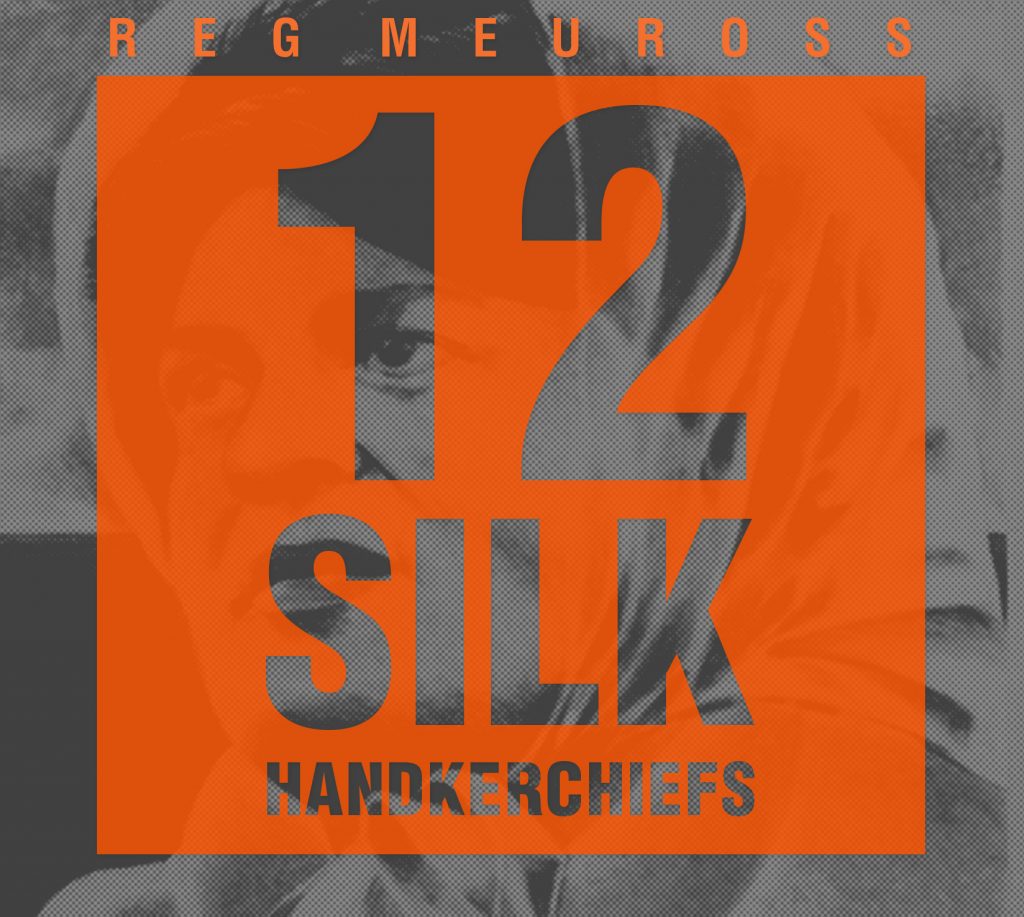
Let us turn to Reg Meuross and his new album and project “12 Silk Handkerchiefs”. Constructed and composed alongside Brian W Lavery (who is the author of “The Headscarf Revolutionaries: Lillian Bilocca and the Hull Triple-Trawler Disaster); the album is a remembrance of the great Hull fishing tragedies of 1968 (of which there were three […]
Geoff Lakeman at Village Folk – 17th March 2018
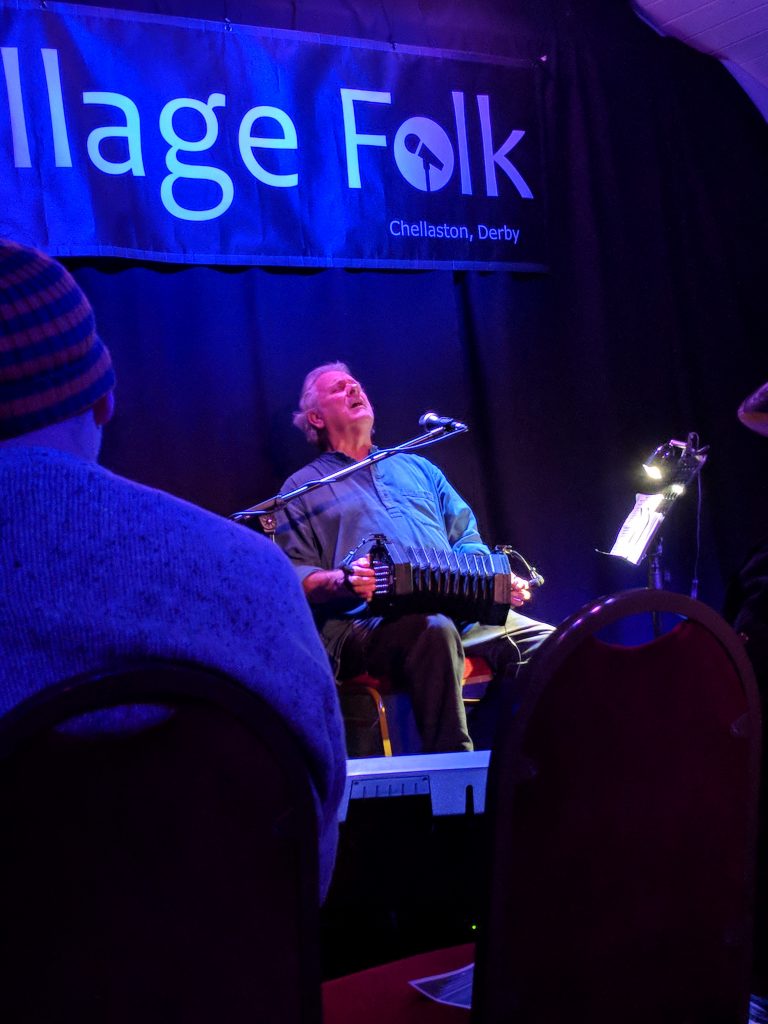
There is procrastination and procrastination. I mean I have thought about painting the walls in my office a beautiful forest green for weeks (and haven’t managed yet) but sometimes people put off really big things, things that matter. In the world of music there are bands who take their sweet time between album releases. For example Daft […]
Kathryn Roberts & Sean Lakeman – Personae (2018) Album Review

“Sharp, witty and accomplished there is a class to Roberts & Lakeman’s new album that cannot be measured on any known scientific apparatus” Album: Personae Producer: Sean Lakeman Tracks: 10 Iscream Music Records (2018) Released 9th March 2018 Kathryn Roberts & Sean Lakeman are indeed a famous duo. Maybe the best known in folk circles […]
The Twisted Twenty (Debut Album) Review
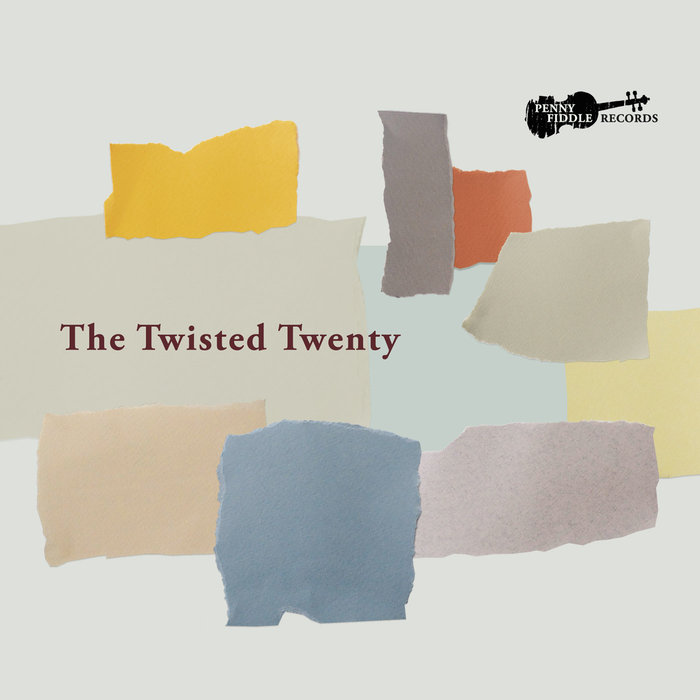
THE TWISTED TWENTY From: Penny Fiddle Records Tracks: 8 With: Holly Harman (baroque violin, vocals), Alexis Bennett (baroque violin, guitar, bodhran, electronics), James O’Toole, David Rabinovici (baroque violin), Ewan Macdonald (Cittern), Lucia Capellaro (baroque cello), Carina Cosgrave (baroque double bass Producer: Sam Proctor Zesty yet focused, the Twisted Twenty’s Debut is a fantastic window […]
Hannah Martin & Phillip Henry – Music in the Dark – Derby Gaol 11th May 2017
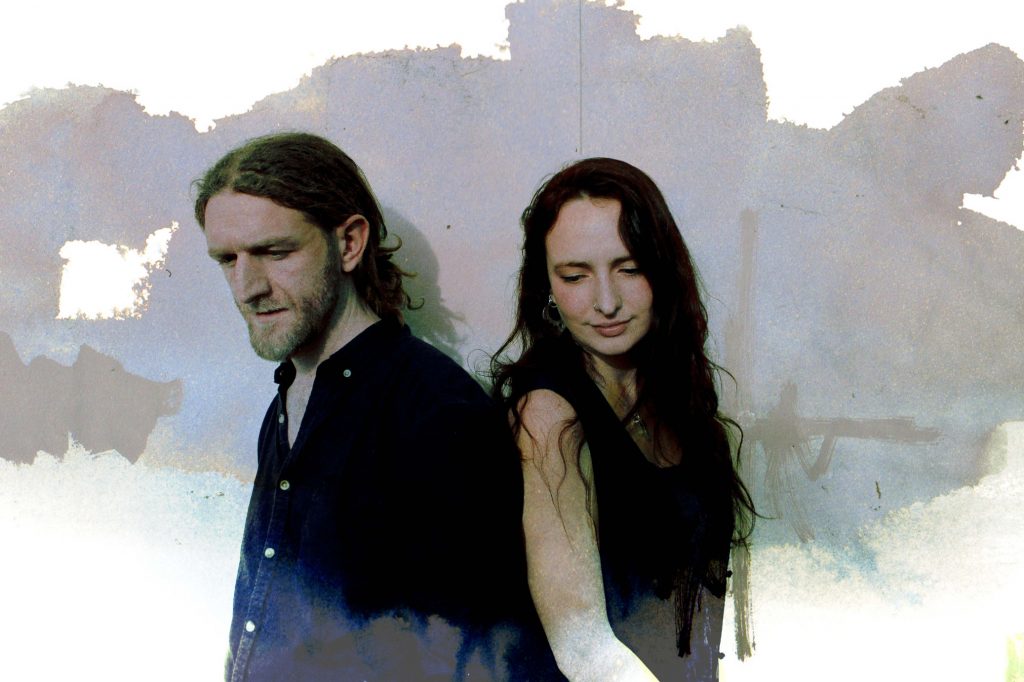
As part of their “Out of the Ordinary Tour”, Hannah Martin and Phillip Henry are bringing their particular brand of folk to the unusual, historical and downright spooky buildings of the UK. At this leg of the tour I have managed to catch them as they arrive at Derby Gaol; a working, historical museum. From the […]
Isembard’s Wheel “Common Ground” Album Launch @ Shakespeare’s – 1-04-17 Sheffield

Isembard’s Wheel sit between modern indie folk and more traditional folk fare that should properly interest the industry both as a great live band and one with crossover appeal. Introduction The Shakespeares Pub in Sheffield is hosting some great artists; some new and some established. I don’t want to gush too much, the pub gets […]